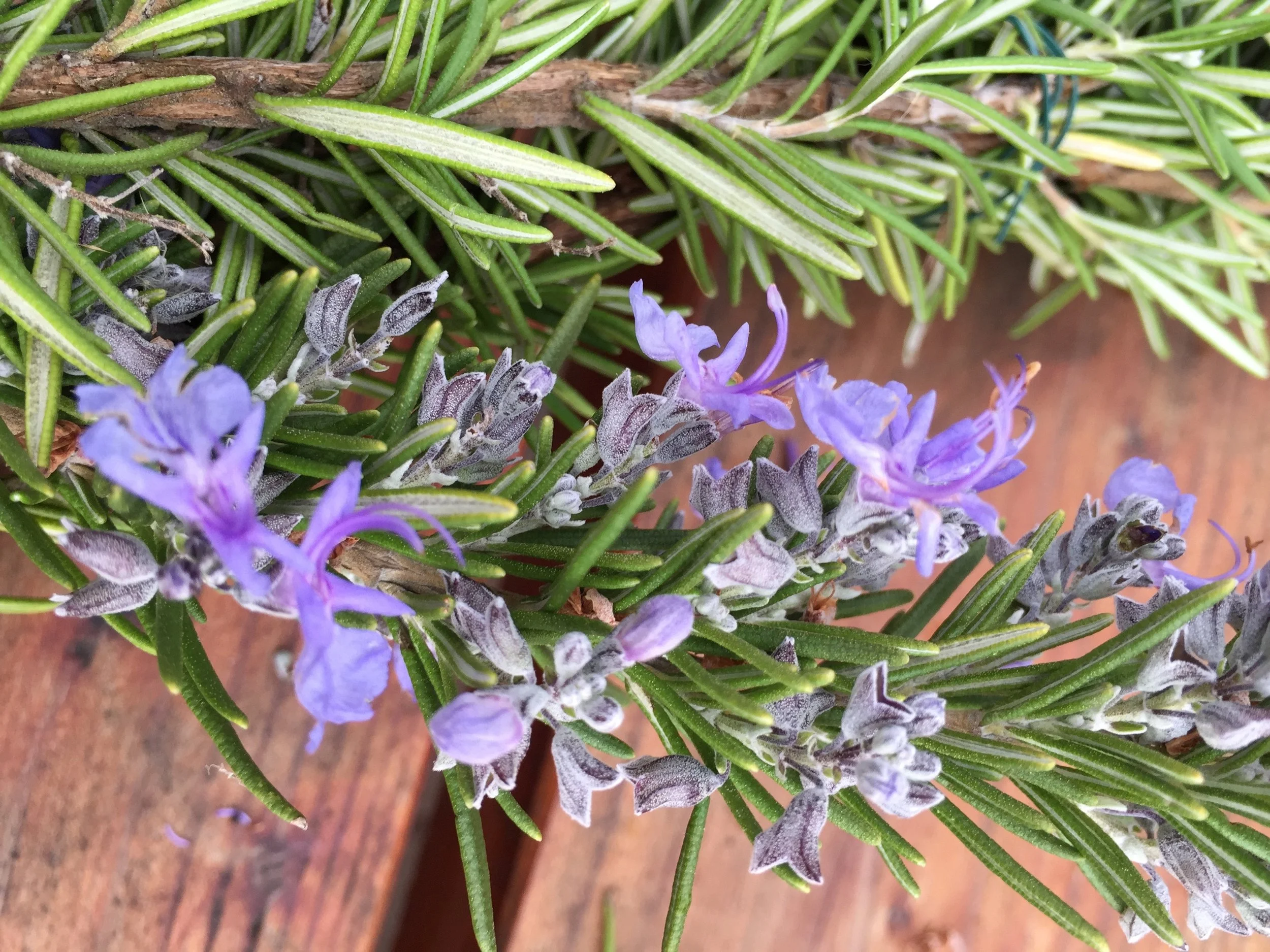Yesterday morning, I ate the last of the frozen tomato 'sauce.' My current favorite way to eat it is in Shakshouka, or at least my version of it. Shakshouka is a Persian dish made of eggs poached in a rich tomato, pepper, onion, and cumin-y sauce; mine was simpler, as I just heated up my 'sauce' (roasted tomatoes, basil, olive oil, and garlic) and then poached the eggs in the middle. Simply delicious. Fast, easy, healthy. But no more shakshouka for me, as the frozen tomatoes are now gone.
Tomato mixture ready to go in the oven last year
The frozen tomatoes did last longer this year, which means I made almost enough of them. Which started me thinking about how much I need to freeze and can, to get us through the winter? I've always sort of estimated this, but I think it's time now to really dial it in. So I started making notes, looking at what's left on the canning shelf, and talking to my family (especially the pickle eaters), to figure it out for sure.
salsa, summer 2017
Here are the non-negotiable canned goods we go through:
Jam (any flavor): 18 half-pints
Pickles: 12 pints
Crushed tomatoes: 12-18 quarts
Tomato sauce (pureed): 8-12 pints
Salsa: 6-8 pints
Hot sauce (any kind): 8 quarter-pints
We could really preserve twice this amount, for giving away and having extra.
And here are the non-negotiable frozen goods we go through:
Roasted sweet peppers: 12 pints
Tomato 'sauce': 24 pints
Pesto: 12 pints
Romesco sauce: 4 half-pints
Sliced jalapenos: 2 half-pints
Tomato Paste (cubed): at least 2 dozen
Lemon juice (winter): 4 pints
Again, we could freeze twice this amount, probably.
And then there are the extra things we will preserve if we have enough:
Apple Pie Filling
Dried fruits (plums, peaches, apples, berries, tomatoes)
Dried herbs (oregano, basil, thyme, bay, dill)
Canned or frozen fruits (peaches, berries)
Canned or frozen veg (beans, peas, corn)
Sweet and hot pickle relish
Dried hot peppers for chili flakes
Seeds for cooking - dill, coriander, fennel
Crushed tomatoes
So this year, I'm going to try to preserve even more of what we grow. I felt like we did an excellent job last summer bringing the harvest in, and I want to maximize production this year too. Now that I have a pressure canner and a dehydrator, as well as my water-bath canning rig, it should be easier to preserve more, but there are growing limitations that might make it hard to preserve as much as we like. For instance, I'm only growing 32 tomato plants this year, and I'm planning to plant densely and prune heavily to maximize space; this might mean limited harvest. We have a small space and want to grow as much diversity as possible, so there is only so much we can produce. Plus, our overarching goal this year is to improve the soil. That means growing not just for us, but for the creatures that live beneath our plants. And, we have to have plenty to eat fresh out of the garden!
Still, it's an interesting exercise to take an honest look at the pantry and decide what we would ideally like to have there. There's nothing to stop me from visiting the Farmers' Market in August and filling in the corners with local produce that I just couldn't manage to grow.
How do you plan and grow for your preserving projects? I'd love to know.
























